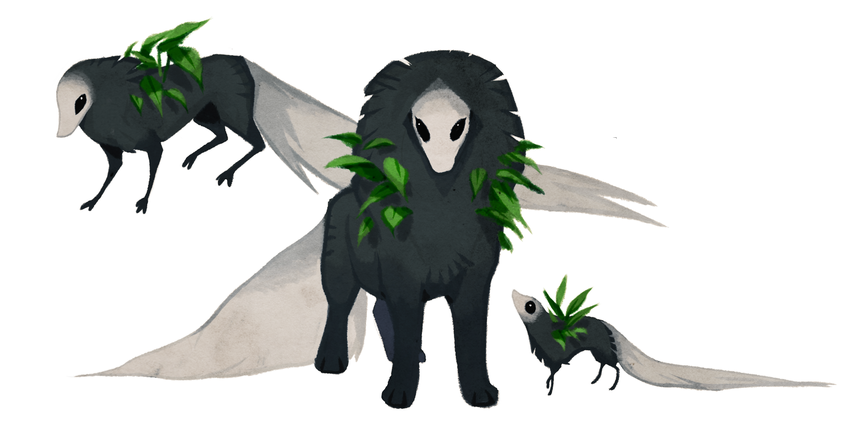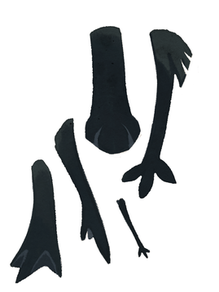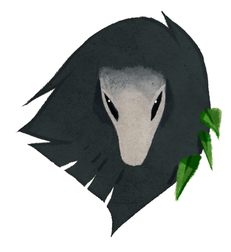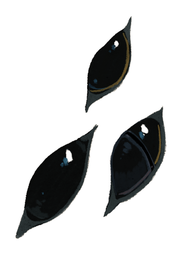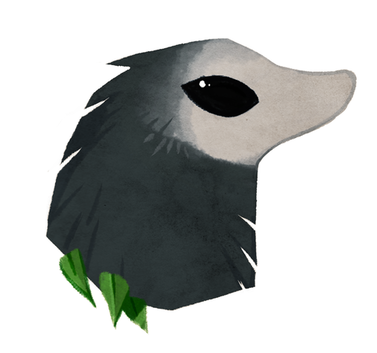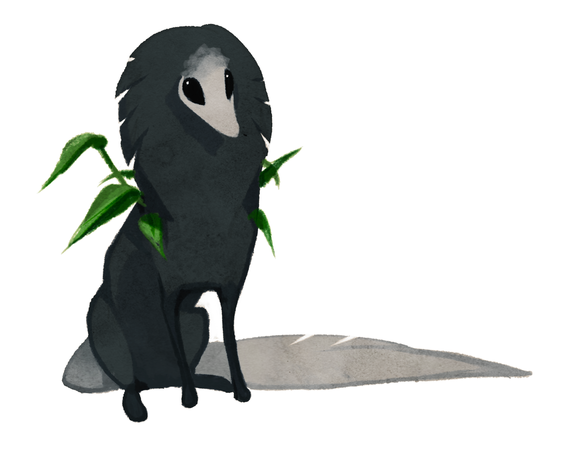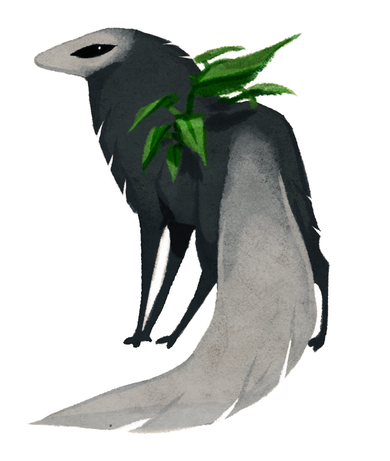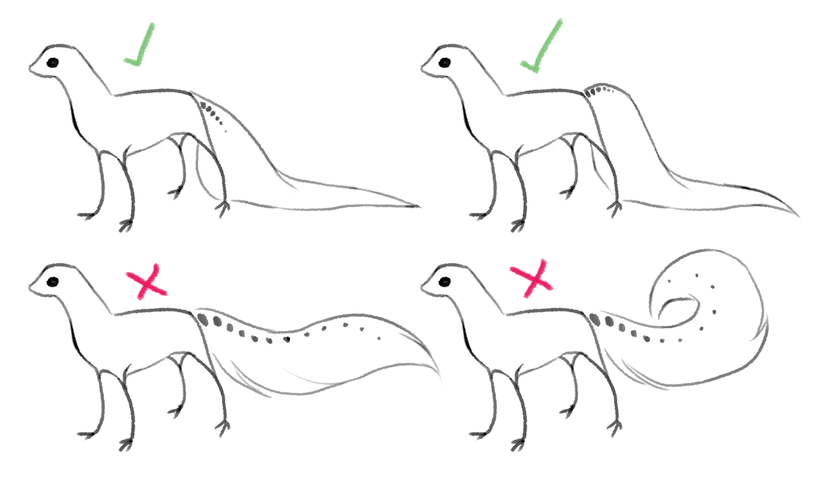Design Ground Rules — Read these first
These also apply to Abnormals
These also apply to Abnormals
- Esk do not have mouths, ears, paw pads, or nose structures (excluding nostrils).
- Esk do not have pupils. They can, however, have a thin sliver of color around the edge of the eye.
- Esk cannot have markings that create an illusion of a mouth, pupils, or nose pads.
- Esk do not have external eyelids, they only have nictitating membranes (translucent eyelids)
- Esk have three toes.
- Esk always have furred tails, tails cannot be hairless or be affected by the sleek trait.
- Esk always have a head.
- Esk are never humanoid or "anthro" in appearance.
- Esk do not have any reproductive anatomy.
- All esk have at least one nature feature, there are only a select few NPC that are barren.


